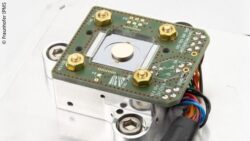Microneedle technology: new approaches for diabetic wound treatment
09.05.2025

Depending on the application, the patches can either deliver therapeutic agents —such as immune-modulating proteins — or extract harmful inflammatory compounds directly from the wound site, promoting faster and more effective healing.




